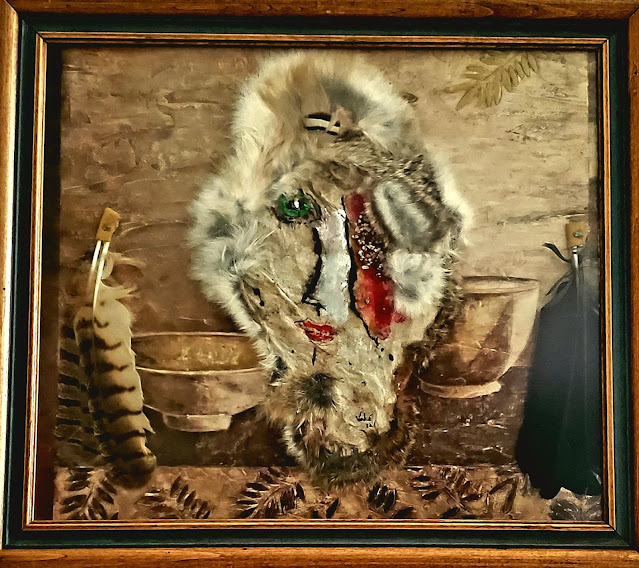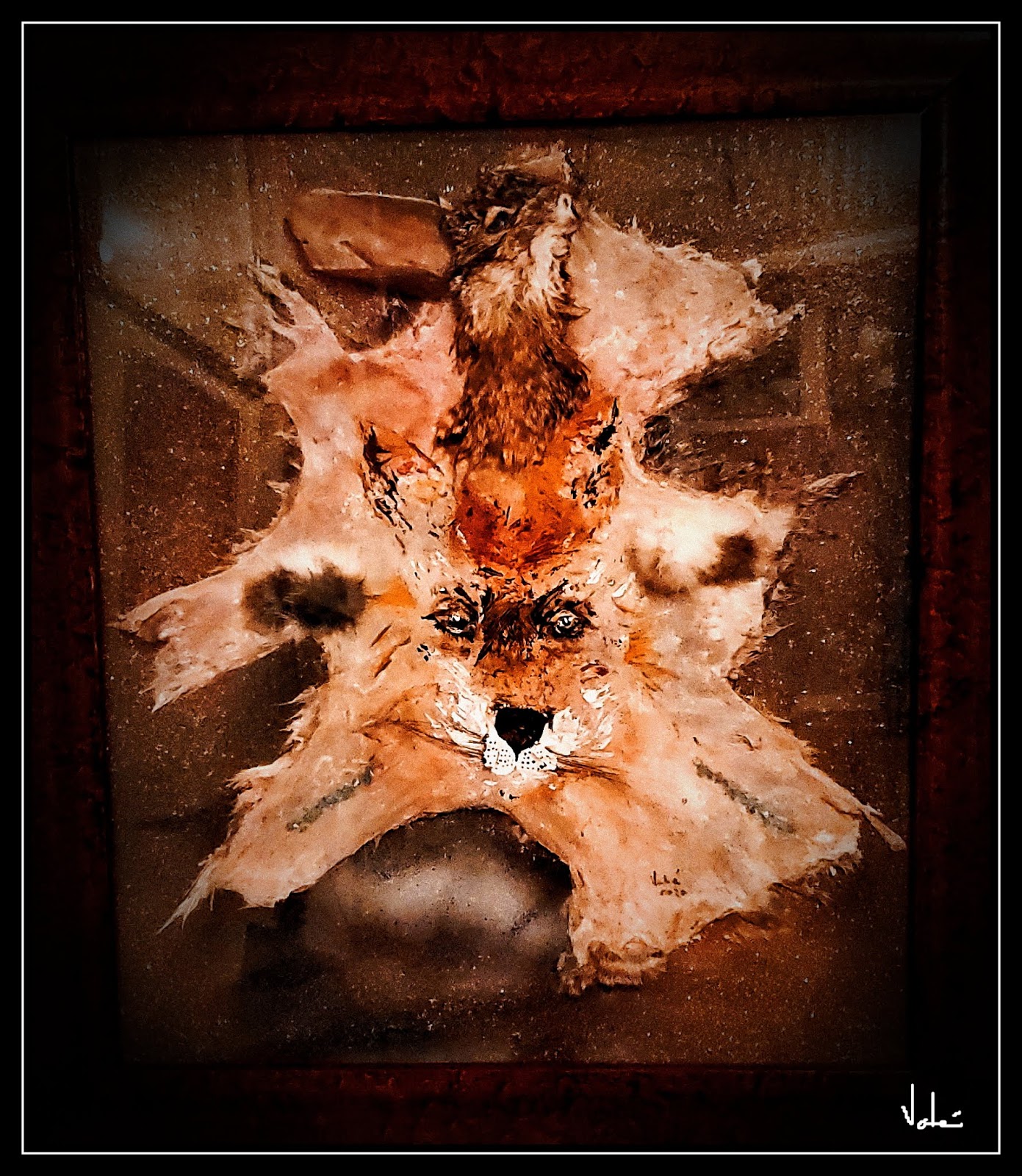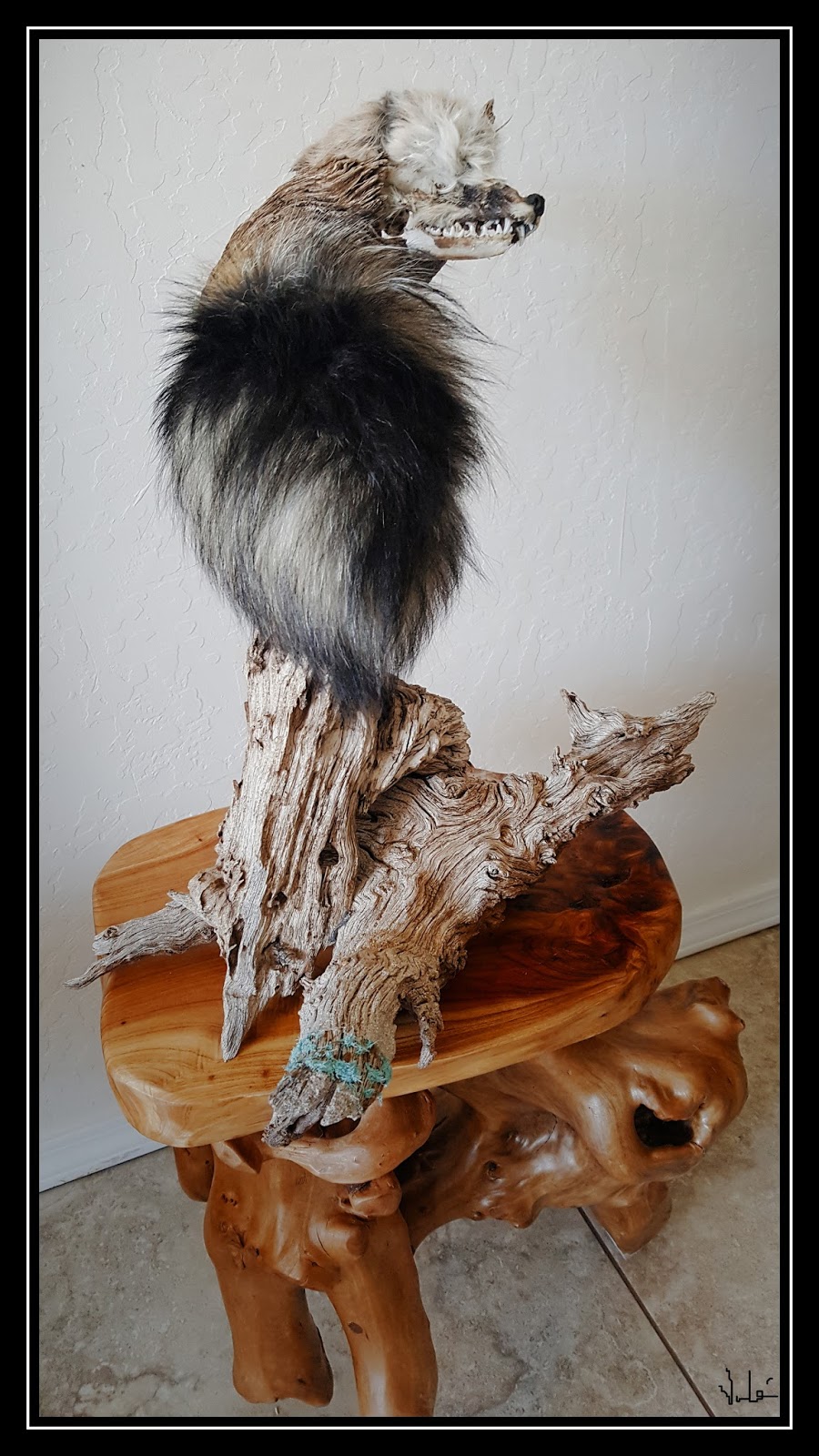Gestalt in the Arts -- a French Woman and her Camouflage T-shirt
A couple of weeks ago I was at a local art gallery where a number of artists’ works were displayed. Mine was hanging on a wall as well and visitors were walking around with interest.
A woman stopped in front of my photography for a short while so I went to introduce myself.
“Two nymphs next to a lake at the bottom of a mountain topped with snow – perfect for a B&W composition” she said with a delightful French accent.
“What brings a French woman to an art exhibit in a cowboy town?” I replied in French.
“Ah, the surprise of finding a French speaking artist there!” she said with a delightful smile.
The T-shirt she was wearing was unusual. It had a camouflage pattern with a cubist-inspired painting print on the front. It was a painting of a woman with a single green eye and facial lines like one would see in a Picasso painting.
She explained “Camouflage is the art of deception, no? The shapes play with your eyes deceiving our view. I think cubism does a bit of that too. Un beau mariage d’intention (a beautiful marriage of intent)”
We chatted for a few minutes until another visitor asked about the photograph. Then I lost the mysterious French woman who probably left the gallery.
… I do not paint following the same impulses as when writing poetry. The latter is triggered by a sound, a memory or a line from a movie perhaps. When those triggers tap into my mood of the moment, I let the images take shape as words.
Painting is different, especially when I paint on wild animal skin. It is the shape and texture of that “canvas” that proposes a subject, colours, and the gentle slide of paint from the blade of my painting knife.
I was looking at a cottontail rabbit's preserved skin and the shape, for whatever reason reminded me of the cubist painting the French woman had on her T-shirt.
Here are the first lines and colours I posed on that bumpy yet porous canvas:
It is of course the spirit of the painting on her T-shirt that had stayed in my memory, not the details. Somehow the few lines that made the disrupted outlines of a human face. But as all cubist and impressionist works the message is always “the sum of the parts is larger than the whole”. In fact, a school of thought in psychology, lead by a German psychologist, Max Wertheimer, defined it as, Gestalt theory in 1910 which became Gestalt Psychology later on. I learned about this movement through the use of lighting in photography – Wertheimer called it the phiphenomenon, a good summary of which is from Wikipedia:
The phi phenomenon is
apparent movement caused by alternating light positions. Wertheimer illustrated
this phenomenon on an apparatus he built that utilized two discrete lights on
different locations. Although the lights are stationary, flashing the lights at
succeeding time intervals causes the retina to perceive the light as moving.
Here is the next transformation of my painting --- the lines guide the viewer eyes into a movement that is at first uncomfortable because it is not what they are used to. And the crimson vertical band is the only colour other than the green eye that disrupts the lines and their unexpected directionality.
In its final form, the painting shows added texture to that crimson band for which I used crushed stones and a few turquoise stones. I framed it with a two-dimensional background where clay cups show depth and an added tri-dimensionality as shown in the picture at the outset of this page.
This is an uncommon type of painting in my work. Perhaps the memory of the few moments in the art gallery made me think of the whole rather than the parts. Or perhaps it was my surprise to hear French spoken in a cowboy town…
July 12, 2022
© Vahé A. Kazandjian, 2022





Comments
Post a Comment